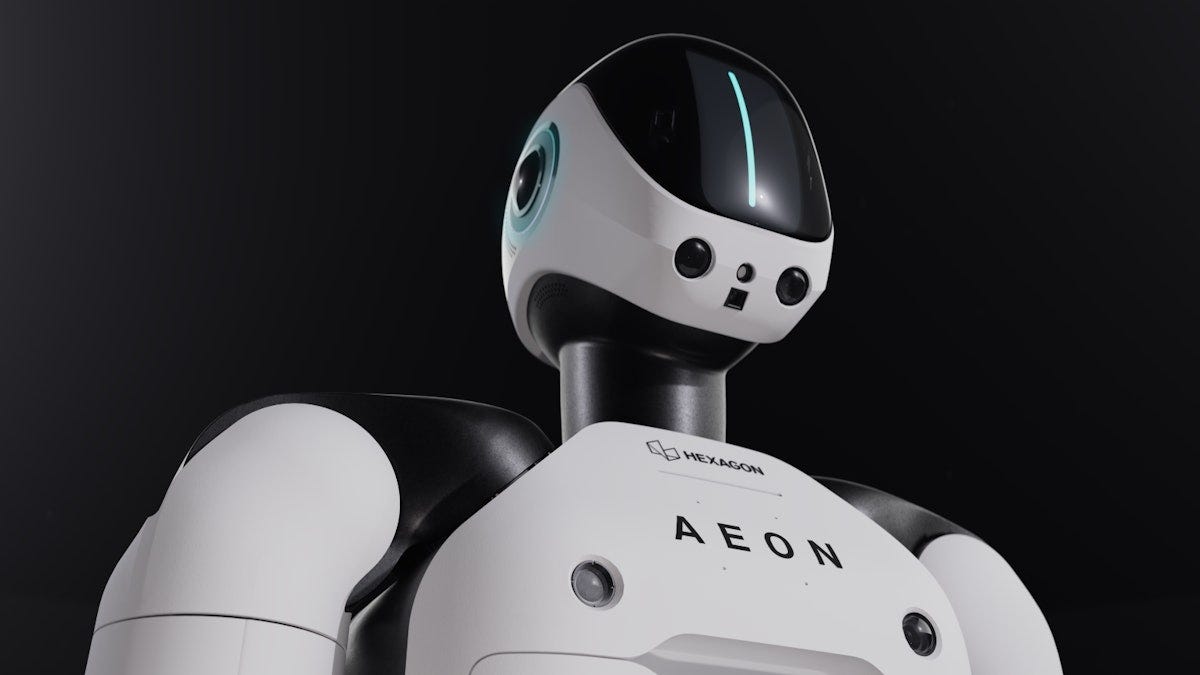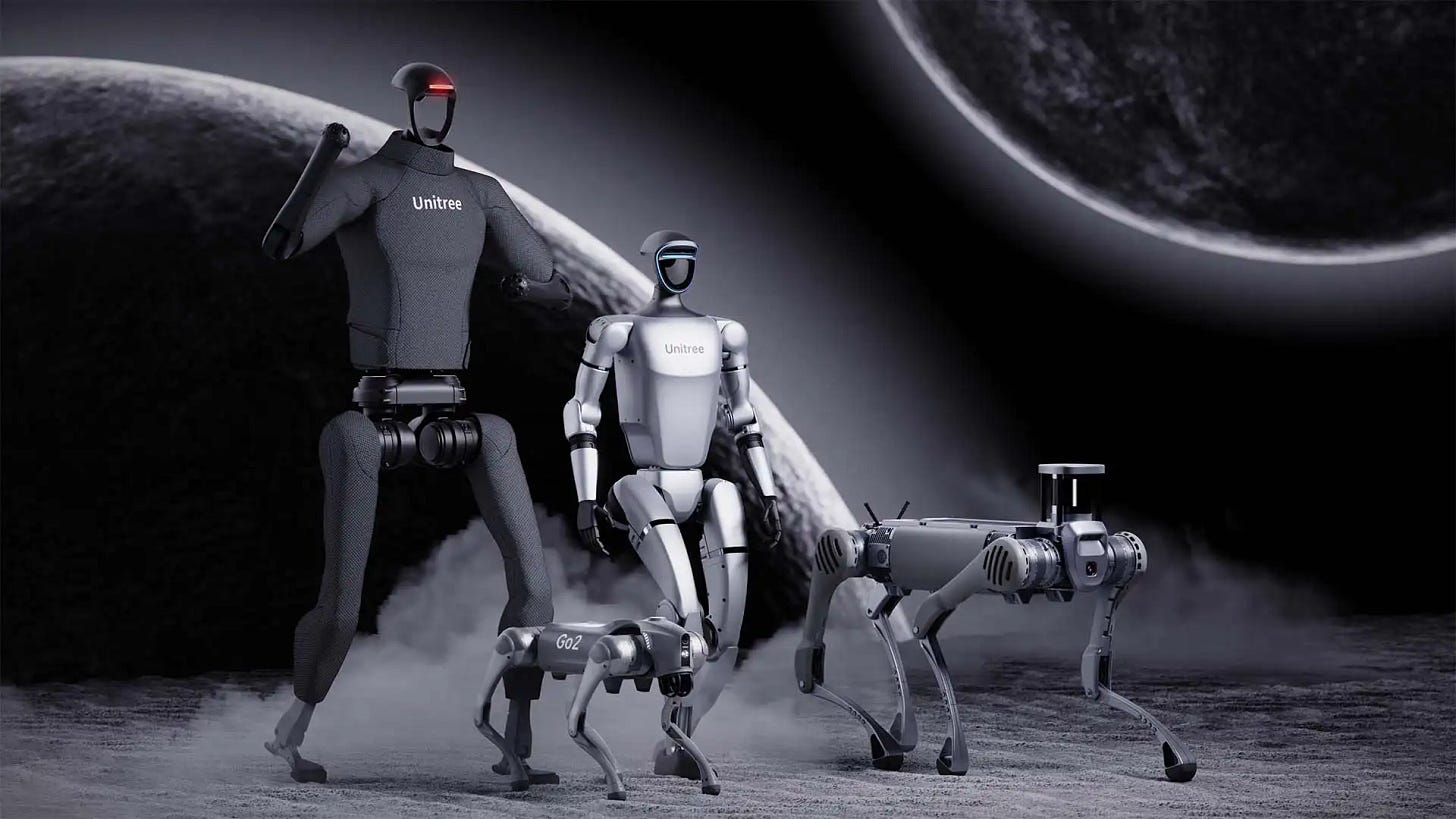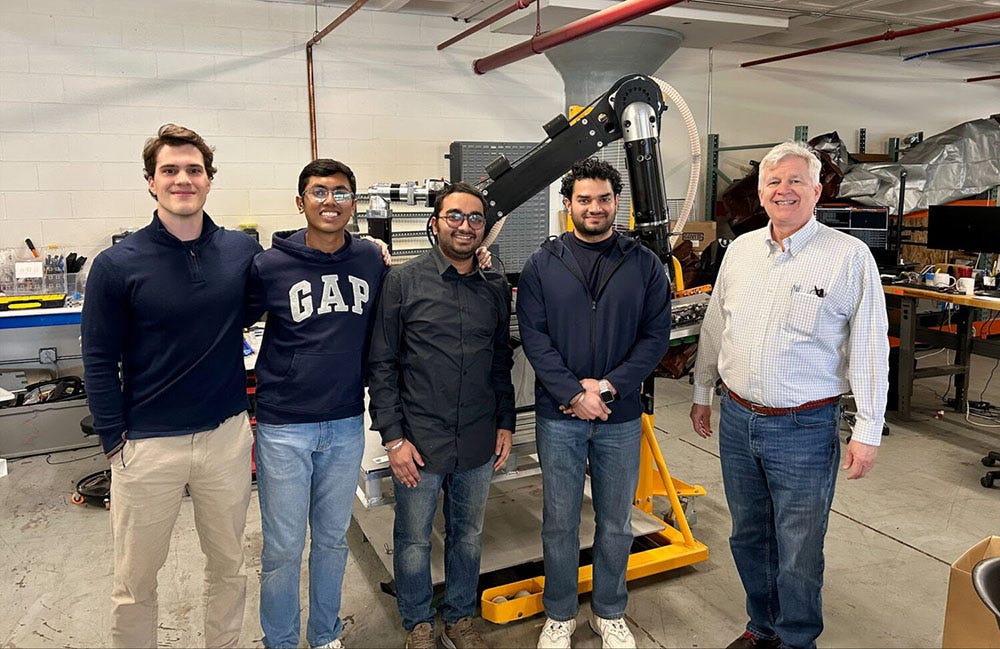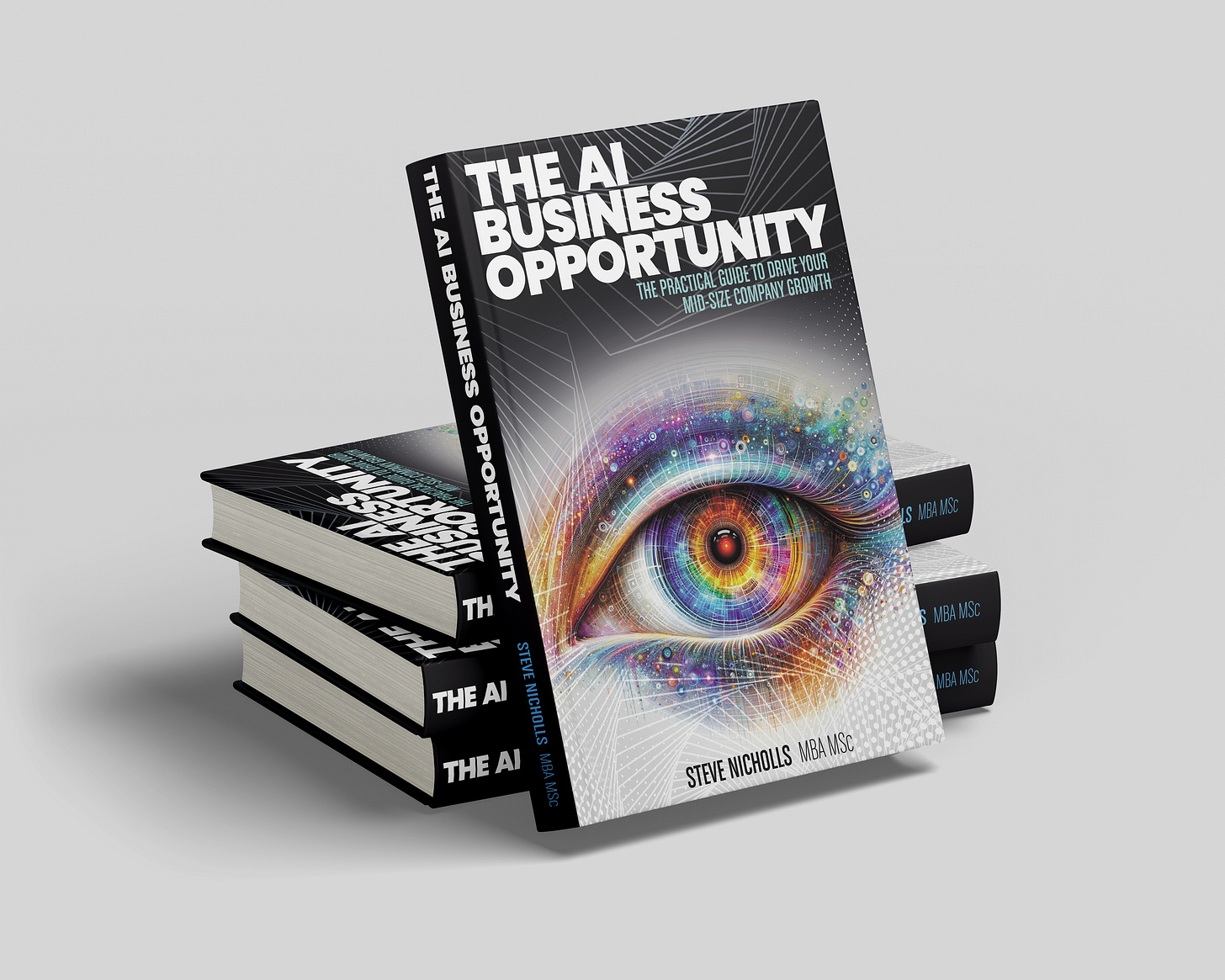Meet AEON: The Humanoid Revolutionizing Manufacturing and Warehouse Efficiency! (<1 minute read)
Hexagon has unveiled AEON, a cutting-edge humanoid robot aimed at revolutionising manufacturing and logistics in response to labor shortages. Combining advanced sensors, AI-driven mission control, and remarkable agility, AEON is designed for a variety of industrial tasks, from inspecting assets to creating digital twins.
Its unique battery-swapping feature ensures uninterrupted operation. Hexagon’s president, Arnaud Robert, emphasises AEON’s potential to tackle real operational challenges, enhancing safety and autonomy across sectors such as automotive and aerospace.
With plans for deployment in production environments over the next six months, AEON promises to bridge innovative technology with practical industry needs, setting the stage for a new era in robotic assistance.
Robots Revolutionize Warehouse Logistics: Tackling the Toughest Job of Loading and Unloading Trucks! (<1 minute read)
In a bold leap for warehouse automation, several companies are developing robots to tackle the notoriously challenging task of loading and unloading trucks—dubbed the "Holy Grail of warehouse logistics." Innovations in vision sensors, AI algorithms, and image-processing capabilities have paved the way for machines like Ambi Robotics’ AmbiStack and Boston Dynamics' Stretch to rise to the occasion.
Yet, this task remains tough due to the nuances of package placement and spatial dynamics. While there are concerns about job displacement, experts argue that these robots could alleviate the physical demands on workers, especially in harsh weather.
As robotics increasingly share the warehouse floor, we're witnessing a transformative shift in logistics and workforce dynamics.
Revolutionizing Robotics: Low-Energy Navigation Inspired by the Human Brain! (<1 minute read)
Researchers at Queensland University of Technology (QUT) have unveiled LENS, an innovative robot navigation system that emulates neural processes. This groundbreaking technology consumes under 10% of the energy conventional systems require, making it a game-changer for energy-efficient robotics.
LENS utilises brain-inspired neuromorphic computing to enhance visual place recognition, achieving a remarkable reduction in energy use—up to 99%! With its combination of spiking neural networks and a specialised “event camera,” LENS allows robots to identify locations along an 8 km journey using a mere 180KB of storage. This advancement paves the way for robots in fields like search and rescue, space exploration, and beyond, enabling them to explore longer and further with limited power.
Coco Robotics Raises $80 Million to Revolutionize Urban Deliveries with Autonomous Technology! (<1 minute read)
Coco Robotics is on the fast track to transforming urban logistics with its innovative autonomous delivery vehicles, recently securing $80 million in funding to enhance its AI technology and expand its fleet. This financing round saw participation from returning investors and industry veteran Ryan Graves, former Senior VP at Uber.
With over 500,000 zero-emission deliveries already under its belt in major U.S. cities and a foothold in Europe, Coco is positioned to deploy thousands of vehicles by 2025, aiming to operate the world’s largest autonomous fleet. Committed to enhancing efficiency and reducing emissions, Coco is reimagining how goods are delivered in urban spaces through strategic partnerships with platforms like Uber and DoorDash.
Australia's Industrial Robotics: A Steady Rise with 0.9% CAGR Through 2035! (<1 minute read)
Australia's industrial robotics market is poised for steady growth, projected to achieve a 0.9% compound annual growth rate (CAGR) from 2024 to 2035.
Forecasts suggest the market will reach 64,000 units and a value of $899 million by 2035. Despite a dip in consumption to 58,000 units in 2024, overall demand for versatile industrial robots remains robust, and production has consistently risen by 1% annually.
Imports declined, primarily from Malaysia, while exports surged, particularly to the United States.
The report highlights opportunities for manufacturers, distributors, and investors to adapt and thrive in this evolving landscape, detailing trends and projections that could shape the future of automation in Australia.
Unitree Robotics: From Quirky Canines to Dancing Humanoids – A Tech Revolution Unleashed! (<1 minute read)
Unitree Robotics has taken the tech world by storm, recently completing a Series C funding round that pushed its valuation past $1 billion. Founded by Wang Xingxing in a Hangzhou lab less than a decade ago, Unitree transformed from an obscure startup into a leader in the robotics revolution, successfully launching an array of affordable robot dogs and now humanoids.
Their groundbreaking performances, from televised skits to events like the Beijing Olympics and the Super Bowl, have captivated audiences and generated widespread interest. With a focus on low-cost innovation and vertical integration, Unitree has secured over 60% of the global quadruped robot market.
As they venture into humanoid robotics, the company is poised to redefine how robots integrate into everyday life.
Black-I Robotics Triumphs in Cutting-Edge Challenge, Redefining Autonomous Warehouse Picking! (<1 minute read)
Black-I Robotics has emerged victorious in the Chewy Autonomous Mobile Picking (CHAMP) Challenge, a competition designed to tackle complex automation issues in warehouse settings. The challenge, organised by Chewy and MassRobotics, aimed to design robots capable of autonomously manipulating large and deformable items in busy fulfilment centres.
Black-I Robotics secured the $30,000 top prize with its innovative system featuring a mobile base and advanced 6-DOF industrial arm. Their solution adeptly integrated AI for enhanced object detection and navigation alongside human workers.
In a commendable second place, Breezey Machine Company showcased a novel gripper design that emphasised mechanical compliance. The competition highlighted the critical need for adaptable robotics in modern warehouses, showcasing creativity and engineering prowess from diverse teams worldwide.
Unlock Warehouse Agility: Explore the Game-Changing Benefits of P2G Robotics! (<1 minute read)
In today's chaotic supply chain landscape, warehouses have become central to operational success, and the adoption of person-to-goods (P2G) robotics is transforming this sector. Offering flexibility and affordability, P2G solutions utilise autonomous mobile robots (AMRs) under a subscription model, eliminating the need for costly installations.
This approach enables warehouses to scale their operations in response to fluctuating demand while mitigating the financial risks associated with long-term investments. CFOs are drawn to the short ROI periods of P2G systems, often under a year, and the enhanced efficiency these robots bring to workflows.
Ultimately, P2G robotics not only streamlines operations but also boosts employee satisfaction, making them a smart choice for any forward-thinking warehouse.
SoftBank Unveils Ambitious $1 Trillion AI Park: Arizona Set to Become Tech Hub! (<1 minute read)
SoftBank’s founder, Masayoshi Son, is embarking on an ambitious $1 trillion initiative to create "Project Crystal Land," an AI and robotics industrial park in Arizona. Inspired by the technological prowess of Shenzhen, this venture aims to establish a cutting-edge manufacturing hub focused on AI-driven robotics and next-gen automation.
To bring this vision to life, Son is courting major players like TSMC and Samsung, eyeing potential tax incentives from the U.S. government. While TSMC is already investing in Arizona, SoftBank hopes to lure more semiconductor and AI hardware leaders to fortify its infrastructure.
If realised, this groundbreaking project could reshape U.S. high-tech manufacturing and symbolise a leap toward a futuristic technological landscape.












